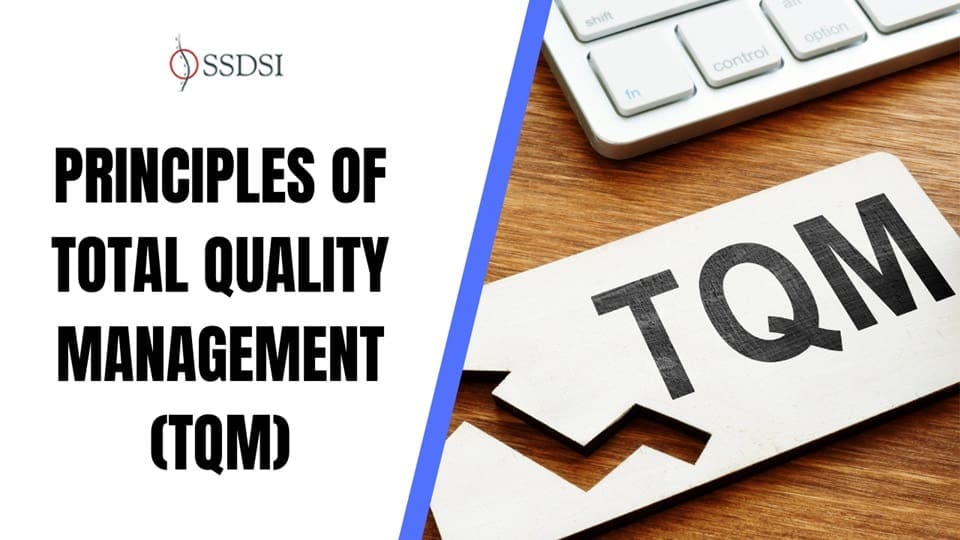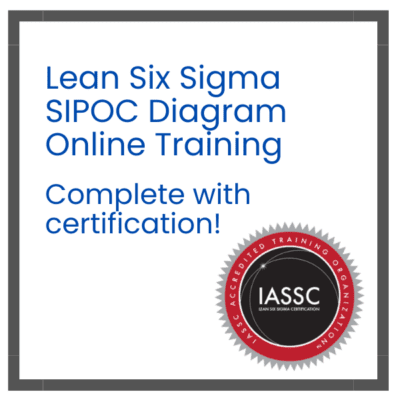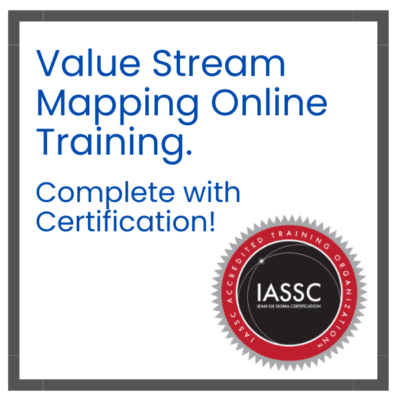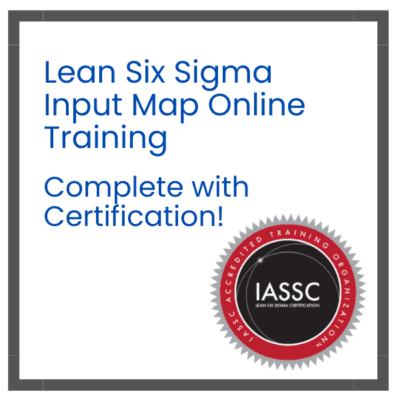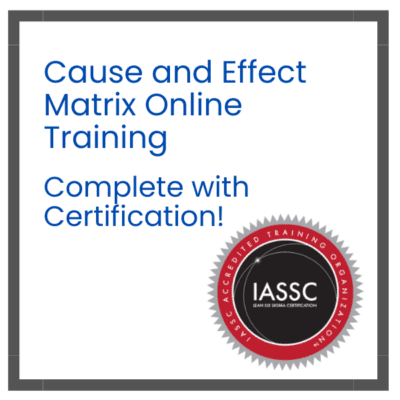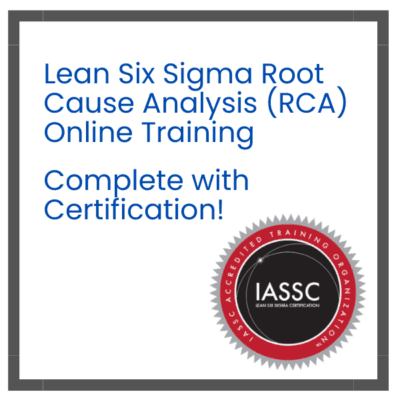The Principles of Total Quality Management (TQM) helps businesses achieve long-term success. TQM focuses on quality in every process and every level. The main aim is to meet and exceed customer expectations.
Total Quality Management (TQM) is a philosophy of continuous improvement. It focuses on achieving long-term customer satisfaction. TQM involves everyone in the organization, at every level.
This approach promotes quality in all operations. It includes people, processes, and systems. Every action in the organization should reflect a commitment to quality.
TQM originated in manufacturing industries. Today, it is used in many sectors. These include healthcare, education, hospitality, IT, and service-based industries.
Table of contents
Principles of Total Quality Management
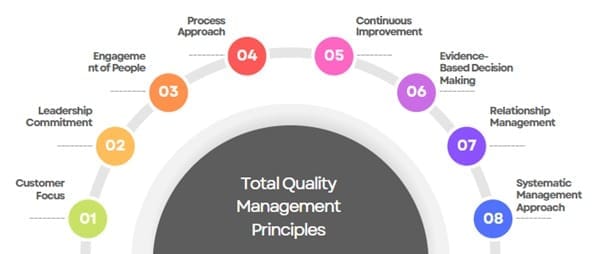
TQM is built on eight core principles. Each one contributes to better performance and sustained success. These principles of Total Quality Management (TQM) help create a culture of continuous improvement. Let’s explore each one in detail.
Customer Focus
Customers are the heart of every business. Their satisfaction leads to success. The main goal of TQM is to meet customer needs. It also aims to go beyond those needs.
A business must understand what customers expect. This includes current and future needs. When customers are happy, they return. They also spread the word, boosting their reputation.
Why does it matter?
Happy customers lead to increased loyalty. Loyal customers return more often. They are also more likely to recommend your business. That increases your revenue and market reach.
Key Benefits
- Better customer satisfaction
- Higher customer loyalty
- More repeat business
- Stronger brand reputation
- Larger customer base
- Greater market share
How to apply?
- Ask for customer feedback regularly
- Use feedback to improve products and services
- Identify what customers truly need
- Train staff to deliver excellent service
- Solve customer issues quickly
- Monitor satisfaction consistently
Actions to take
- Identify your customers clearly
- Understand their needs and wants
- Align your goals with their expectations
- Deliver products that match or exceed those needs
- Monitor satisfaction often and act on feedback
- Handle complaints quickly and fairly
- Manage relationships actively for long-term trust
Example
A restaurant collects customer feedback through comment cards. It uses suggestions to improve service and menu options.
Leadership Commitment
Strong leadership gives purpose and direction. Leaders shape the culture of the company. They help everyone focus on the same goals.
When leaders guide well, teams perform better. People feel more involved and motivated. Leadership should be visible and consistent at all levels.
Why does it matter?
Unified direction helps everyone move toward shared goals. It encourages better communication. It improves coordination across departments.
Key Benefits
- Clear vision across the company
- Stronger collaboration between departments
- Better use of resources
- Greater employee engagement
- Improved decision-making
Actions to take
- Share your vision and goals often
- Promote fairness and integrity
- Encourage values that support quality
- Set the right example at every level
- Provide needed tools, training, and authority
- Recognize people’s effort and commitment
- Build trust within teams
How to apply?
- Set a clear quality vision
- Share that vision with everyone
- Provide training and tools
- Listen to employee concerns
- Recognize quality efforts
Example
A retail CEO funds quality workshops and rewards staff for excellence.
Engagement of People
People drive improvement. Engaged employees are more productive. They also bring creative ideas. Everyone in the organization has value. When people feel respected, they give their best. Empowered employees solve problems faster. They take initiative and share ideas freely.
Why does it matter?
Involving everyone creates a stronger sense of ownership. It also leads to better collaboration and higher morale.
Key Benefits
- Higher employee motivation
- More participation in improvement efforts
- Personal and professional growth
- Greater creativity and innovation
- Increased loyalty and trust
- Stronger workplace culture
Actions to take
- Explain how each role matters
- Encourage teamwork and communication
- Allow people to share experiences
- Empower them to make decisions
- Appreciate and reward contributions
- Support self-review and learning
- Ask for feedback and act on it
How to apply?
- Create teams for problem-solving
- Involve staff in quality projects
- Recognize individual contributions
- Offer platforms for ideas
- Provide training and resources
- Allow people to take initiative
Example
An IT company forms teams to solve development issues. Developers suggest solutions that improve product quality.
Process Approach
Everything in a business is part of a process. Good outcomes depend on managing these processes well. Understanding how processes link together helps improve them.
When teams know how workflows work, they reduce mistakes. Processes should be clear, repeatable, and easy to measure.
Why does it matter?
Good processes create reliable results. They help deliver consistent quality. This leads to fewer problems and better efficiency.
Key Benefits
- Consistent and repeatable outcomes
- Fewer mistakes and waste
- Faster response to issues
- Better coordination between departments
- Improved use of time and resources
Actions to take
- Set clear process goals
- Assign roles and responsibilities
- Check for limits or weak spots
- Understand how processes affect one another
- Track how well each process performs
- Make information easy to access
- Manage risks that could affect outcomes
How to apply?
- Map all key processes
- Set clear roles and responsibilities
- Identify process bottlenecks
- Use tools to monitor performance
- Optimize workflows regularly
Example
A logistics company streamlines its order process. It reduces delays and improves customer satisfaction.
Continuous Improvement
Improvement is ongoing, not a one-time effort. Successful businesses always look for better ways to work. Improvement helps adapt to changes and stay competitive.
Improvements can be small or big. Both are important. The goal is to keep learning and growing.
Why does it matter?
No business can stand still. Improvement helps fix problems early. It also opens doors to new opportunities.
Key Benefits
- Stronger performance over time
- More satisfied customers
- Better use of resources
- Faster reaction to market changes
- Stronger innovation culture
Actions to take
- Set improvement goals for all levels
- Train staff in tools and methods
- Build a team for improvement projects
- Track every improvement effort
- Learn from both success and failure
- Reward progress and innovation
- Apply lessons to new projects
How to apply?
- Set improvement goals regularly
- Hold brainstorming sessions with employees
- Use quality tools like Six Sigma
- Track progress over time
- Celebrate small wins
- Learn from mistakes
Example
A factory reduces product defects by making weekly improvements to machine settings.
Evidence-Based Decision Making (Factual Decision Making)
Good decisions rely on facts. Using data helps reduce mistakes. It brings more trust into the decision-making process.
Every decision has risks. Data helps understand those risks better. It also helps in finding the root cause of problems.
Why does it matter?
Data-based choices are more likely to work. They help leaders act confidently.
Key Benefits
- Better understanding of problems
- Smarter use of time and money
- Easier to defend past decisions
- Better planning and forecasting
- Increased trust in leadership
Actions to take
- Identify key data to track
- Make data available to the right people
- Keep data safe and accurate
- Train staff in data analysis
- Combine facts with experience when needed
- Act only after careful review of information
How to apply?
- Collect accurate, reliable data
- Use tools to analyze information
- Train staff in data analysis
- Track results of decisions
- Combine data with experience
Example
A hospital reviews patient surveys and treatment results. It improves procedures based on data.
Relationship Management
Strong relationships build strong businesses. Companies rely on partners, suppliers, and customers. Managing these relationships brings mutual success.
Good relationships create trust. Trust leads to better collaboration. This reduces conflict and improves quality across the board.
Why does it matter?
No business operates alone. Every external relationship affects your performance. Managing these relationships brings stability.
Key Benefits
- Better supplier performance
- Shared resources and knowledge
- Aligned goals and values
- Stable supply chain
- Greater flexibility and support
Actions to take
- Identify key partners and stakeholders
- Understand their needs and priorities
- Build long-term partnerships
- Share tools, knowledge, and skills
- Give regular feedback
- Collaborate on new ideas and solutions
- Reward effort and achievements
How to apply?
- Choose reliable suppliers
- Set clear expectations and standards
- Conduct regular quality audits
- Share goals with partners
- Support supplier development
Example
A car company works closely with suppliers. It checks parts quality before final assembly.
Systematic Management Approach
All processes must work together as a system. This system should support overall business goals.
A structured system aligns departments and teams. Everyone should know how their role fits into the big picture.
Why does it matter?
It ensures alignment, consistency, and efficiency across all processes, helping organizations achieve quality goals and respond effectively to change.
Key Benefits
- Clear direction for all departments
- Improved coordination across the organization
- More effective use of resources
- Better performance tracking and control
- Increased alignment with business goals
- Faster response to problems and changes
- Improved efficiency in decision-making
Actions to Take
- Define a clear quality system structure
- Set quality goals linked to business strategy
- Assign roles and responsibilities clearly
- Standardize key procedures and guidelines
- Create consistent methods for monitoring performance
- Review and improve the system regularly
- Use data to adjust and refine the system
- Train employees on how the system works
- Communicate system goals and progress to everyone
How to apply?
- Create a clear organizational structure
- Set quality objectives for each unit
- Standardize core procedures
- Review system performance regularly
- Use data to guide improvements
Example
A school links teaching methods to its mission. Teachers follow a shared quality framework.
Why TQM Matters?
TQM builds a culture of excellence. It helps businesses:
- Keep customers happy
- Cut costs and waste
- Improve team performance
- Respond to change faster
- Build a strong reputation
- Achieve long-term success
TQM is not a trend. It is a mindset. Companies that embrace it stay competitive.
Final Words
Total Quality Management is a powerful tool for improvement. It brings people, processes, and strategy together.
The key principles help guide decision-making and performance. They create an environment where quality can thrive.
TQM needs commitment, planning, and effort. But the rewards are worth it. Businesses become more reliable, customer-focused, and innovative.
Every employee plays a part. Also, every process matters. Every improvement counts.
When everyone commits to quality, excellence becomes possible.

About Six Sigma Development Solutions, Inc.
Six Sigma Development Solutions, Inc. offers onsite, public, and virtual Lean Six Sigma certification training. We are an Accredited Training Organization by the IASSC (International Association of Six Sigma Certification). We offer Lean Six Sigma Green Belt, Black Belt, and Yellow Belt, as well as LEAN certifications.
Book a Call and Let us know how we can help meet your training needs.

